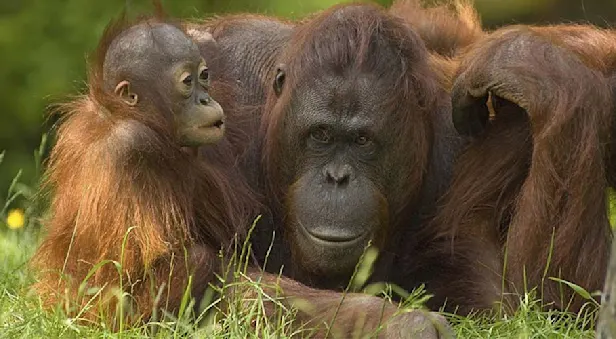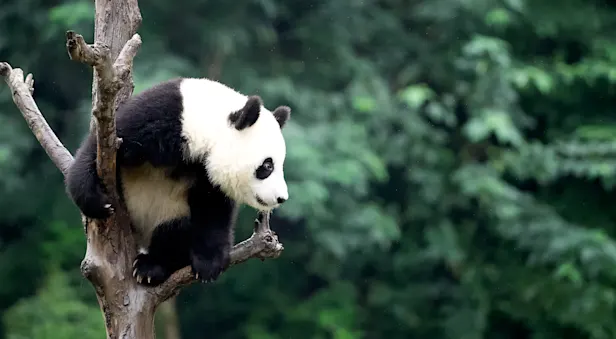Sun Bear Facts | Borneo Wildlife Guide
Physical Characteristics
The sun bear (helarctos malayanus) is the smallest bear in the world, standing 2.3 feet at shoulder’s height and measuring approximately 4 to 5 feet in length from head to tail. The sun bear’s coat is all black, except for a crescent-shaped chest patch and a muzzle that ranges from gray to light orange. The bright patch, which legend says resembles the rising sun, is creamy yellow-orange or white and varies in shape and size. This golden mark may help amplify a sun bear’s size during a brawl. Sun bear’s claws are long and curved, and their large paws have bare soles, which aid in gripping and climbing trees. They walk with a unique gait, with all four legs turned inward.
Habitat
Their range stretches across the lowland tropical rainforests of eastern India, Bangladesh, Vietnam, Cambodia, Laos, Thailand, Myanmar, West Malaysia, southwestern China and the Indonesian islands of Borneo and Sumatra.
Due to the warm climate and year-round food supply, sun bears do not hibernate. Agile climbers, they spend the daylight hours in trees, sunbathing and sleeping.
Feeding Habits
Sun bears are nocturnal, using their keen sense of smell to forage for termites, beetles, earthworms, and bees and ripping open trees and insect nests with their sharp claws. Sun bears use their exceedingly long tongues to extract honey from hives, and much of their diet consists of fruit such as figs. They are opportunistic feeders, eating roots, eggs, birds, rodents and lizards, in addition to scavenging the carcasses of tiger kills. In regions inhabited by humans, they may feed on refuse, livestock, and crops such as coconuts, bananas, and palm leaves.
Reproduction
Not much is known about the breeding rituals of these bears, but studies have found that pairings may be monogamous. The sow typically births one or two cubs, though periodically three young are born. The blind, hairless newborns, weighing less than 1 pound, are dependent on their mother until they are full grown. Cubs are weaned after 4 months but stay with their mother until reaching sexual maturity at 3 years old.
Conservation
Deforestation is rapidly displacing sun bears from their habitat, and encroaching farmers often kill bears for feeding on the cash crops that have replaced their forest homes. Poachers hunt bears for their fur or to harvest bile from their gallbladders for use in traditional remedies, though there is no proven medicinal effect. Mothers are often killed, their cubs taken to be sold in the illegal pet trade. Unsustainable logging continues to create habitat fragmentation. Sun bears are one of the rarest bear species, and though there is no exact estimate of their current population size, their numbers are steadily decreasing, possibly falling 30 percent over the last 30 years.
Header Credit: Brad Josephs
See Asia's Bears on These Nature Adventures

The Wilds of Borneo: Orangutans & Beyond
Plumb some of the world’s oldest and tallest rainforests in search of wild orangutans and other jungle wildlife among diverse ecosystems on this matchless tropical nature adventure.


The Wild Side of China: A Nature Odyssey
Discover a side of China most travelers never see on our unique itinerary revealing wild panda habitat, rare wildlife and Chinese nature at its most entrancing—including close-up panda encounters.


































